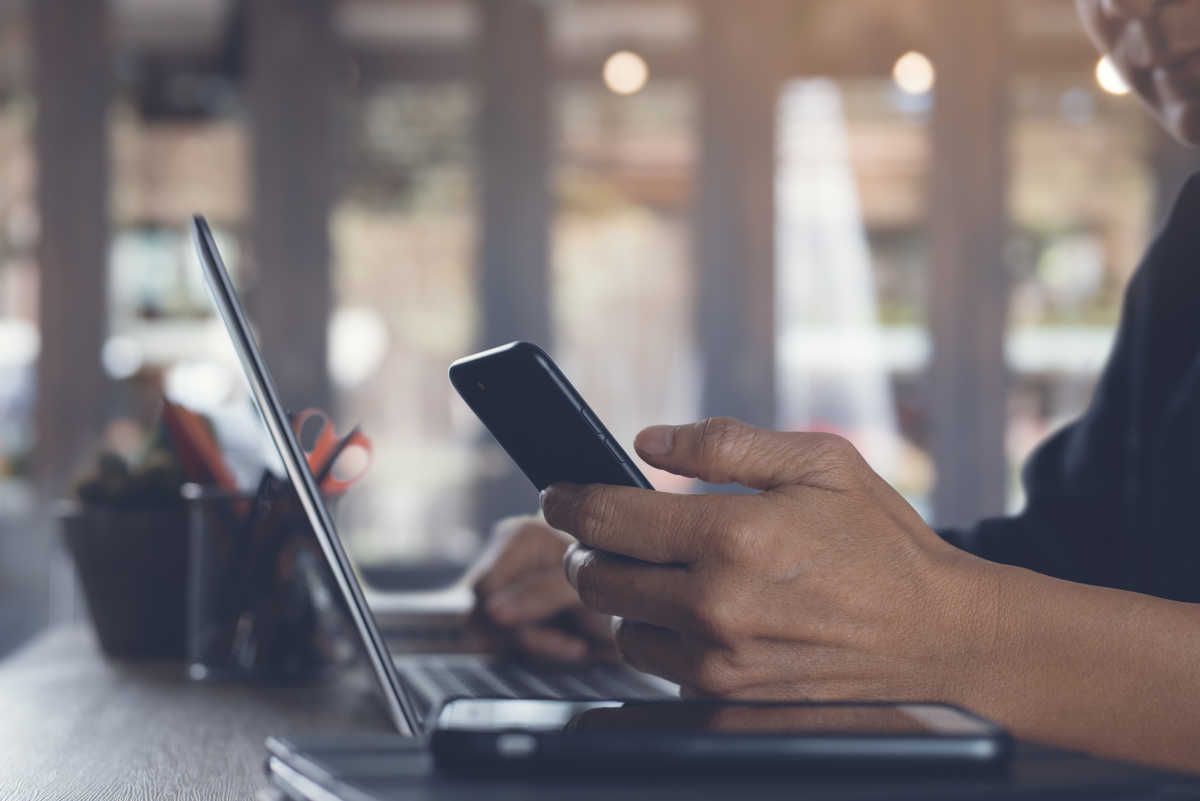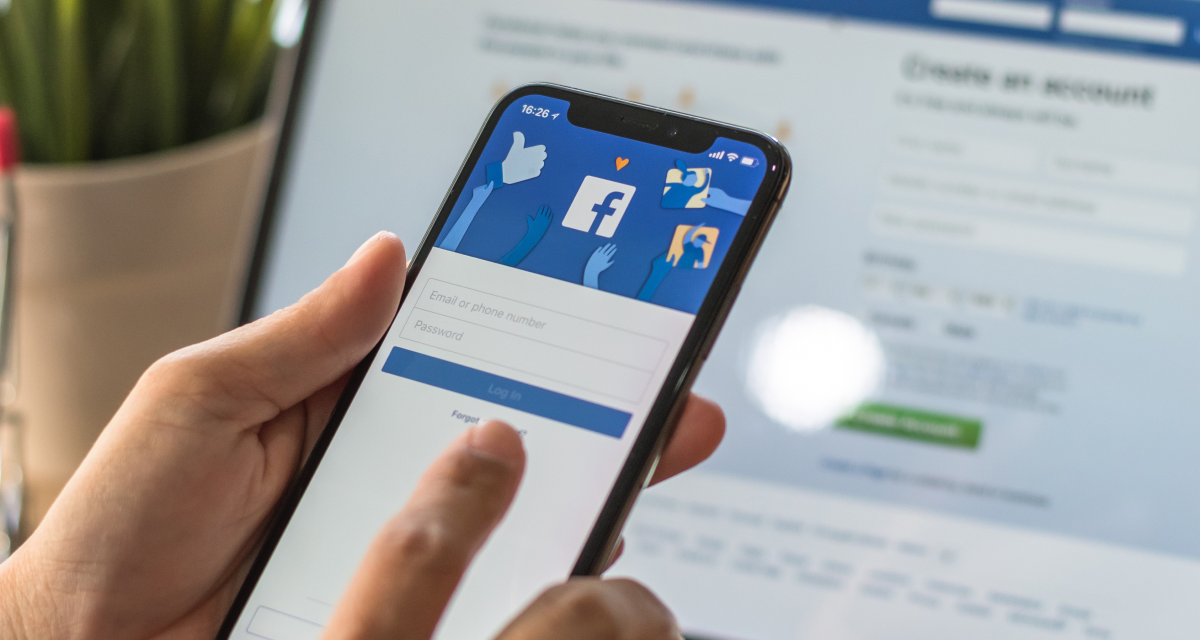What is an invoice?
A definition from the Cambridge Dictionary
As a business offering goods or services, an invoice is your proof of purchase between you and a customer. An invoice outlines what’s been sold and the agreed sum of money exchanged.
An invoice is a bill.
You should always make sure that you file your invoices in a way that’s easy for you to refer back to and find. You’ll need these invoices when it comes to filing your VAT return.
Writing an invoice
If you’ve never written an invoice before, knowing what to include or how to format one can be difficult.
An invoice, at its most basic level, needs to include the items or services being sold, the sum of money agreed between the two parties and some information about the business and the customer.
An invoice should include:
a unique and sequential invoice number
your company name, address and contact information
the company name and address of the customer you’re invoicing
a clear description of what you’re charging for
the date the items or service were provided (supply date)
the date of the invoice
the amount(s) being charged
VAT amount if applicable
the total amount owed
Most people don’t tend to write invoices by hand, there are a number of tools that make it quick and easy to produce invoices. With Mettle, you can create, edit and send invoices on the go. Read more about how you can get paid faster here.
Add an invoice number
An invoice number or unique identification number is a useful way of managing and organising your invoices from day one.
Adding a number to all of your invoices makes it quick and easy to go back and find old invoices if a client asks to see them or for your tax return.
It’s up to you which numbering system to use, but there are a few things that may help you to organise your invoices. You could:
Start at 001 and just number them as you go on
Include the year – 2020001
Add the client’s name or first few letters of their name ��– Mettle001
Whichever way you decide to organise your invoices, make sure it’s a system that works best for you and your team.
Sending an invoice
The most common way of sending invoices is via email. It allows you to send them as quickly as possible after delivery of goods or services. Sending it via email also gives you the opportunity to easily chase if you don’t hear anything from the customer or the invoice isn’t paid on time.
You can also set your payment terms in advance as this may help your client’s to pay you back sooner once the invoice has been raised.
How to make sure you get paid for the invoice
Chasing invoices can easily become a pain when you’re a sole trader or limited company. There are a few tips and tricks for making sure you get paid on time and if not, an efficient process to chase unpaid invoices.
Make sure your invoice is clear and concise
One way of helping you get paid promptly is to make sure your invoice is clear and simple to understand. If the outline of what you’ve supplied, the agreed sum and your preferred payment method are easy to find and understand, then you don’t run any risk or confusion of the client misunderstanding cost or timings. You could also add a note to the client, which gives a nice personal element but also sets a reminder for what the invoice was actually for.
Ask for confirmation that the invoice has been received
It’s really easy for emails to get lost or forgotten. We’re all human, we all do it. Asking for confirmation that it has been received allows clients to be more aware that they need to pay and also allows you to follow up after the proposed payment date to check-in.
How to chase an invoice
Chasing invoices is a tricky one because you don’t want to pester a client but you also need to ensure that you get paid.
The Small Business Commissioner has suggested a timeline for the best way to chase invoices and ensure payment with reminders both before and after the payment date.
They suggest that you should have a built-in process to make sure that you chase all your customers in the same way if invoices aren’t paid on time. An example they have used is:
Get a contact in accounts before you send the invoice
Send the invoice
Follow up 1-2 days after sending the invoice to confirm it’s been received
10 days before the payment date – check-in to make sure payment is on track
Payment day
1-2 days after payment is overdue – check if there’s an issue, ask if you can help resolve any issues
Every few days up to the 30-day overdue mark – this reminds them that payment is due
30 days overdue – let them know that they’ve missed the agreed terms of payment and what the next steps are
Obviously, the above is just an example of a process you could use and will work differently for every business, but having a regular nudge process in place lets the customer know that you haven’t forgotten and can help/be lenient if they are struggling to pay.
With Mettle, it’s easy to make sure that a customer knows a payment is overdue. We use automated reminders to a customer via the app so you don’t have to remember to send them yourself. Find out more here.







